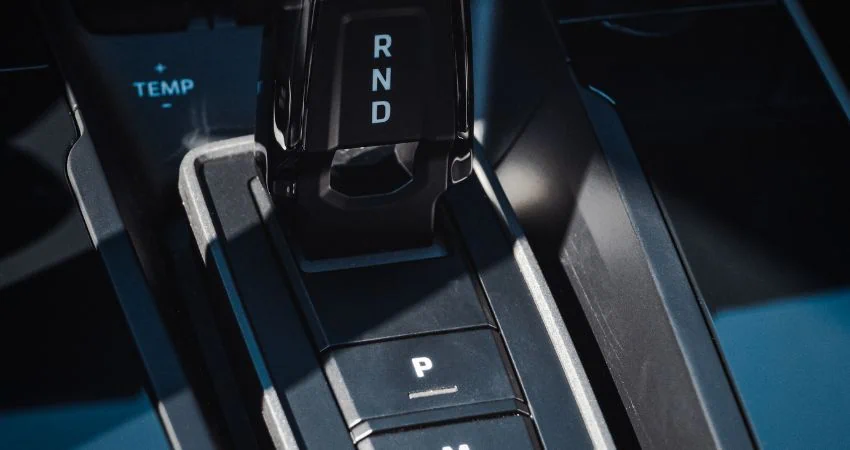Here are the main kinds of automatic transmission fluid…
1. Dexron/Mercon
Dexron and Mercon are widely used ATF specifications originally developed by GM and Ford. These fluids have evolved significantly, with newer formulations like Dexron VI and Mercon LV offering better heat resistance, improved lubrication, and enhanced fuel efficiency. These updates make them suitable for the demands of modern automatic transmissions.
The latest versions are also equipped with advanced additives that protect against oxidation and wear. This is especially important for vehicles that experience high-performance driving or operate in extreme temperatures. Using outdated or incompatible fluids can reduce shift quality and increase internal wear, potentially leading to costly repairs.
2. Multi-Vehicle ATF
Multi-vehicle ATFs are formulated to meet the specifications of various OEMs. These are particularly convenient for families or businesses managing multiple types of vehicles. They reduce the need to stock several fluid types, simplifying maintenance and saving space.
Quality multi-vehicle fluids are engineered to handle a range of conditions, from freezing winters to hot summers. However, it’s still critical to ensure that the chosen fluid lists your vehicle’s required specification. Overlooking this step can result in reduced performance or even warranty voidance.
3. CVT (Continuously Variable Transmission) Fluid
CVT systems operate differently from traditional automatics and demand a specific type of fluid. CVT fluids are designed to provide the right level of friction for belt- or chain-driven components to work efficiently. They also prevent foaming and overheating under constant gear ratio adjustments.
Many CVT fluids include unique friction modifiers tailored for specific vehicle brands. Using conventional ATF in a CVT-equipped vehicle can result in belt slippage, erratic performance, and long-term damage. Always follow your manufacturer’s fluid guidelines.
4. Dual-Clutch Transmission (DCT) Fluid
DCTs are common in European and performance vehicles. They require fluid that can endure high heat and quick gear changes, especially under aggressive driving conditions. DCT fluid includes specialized additives to support both wet and dry clutch systems and is not interchangeable with standard ATF or CVT fluid.
Vehicles with DCTs can be sensitive to the type of fluid used, so always refer to the owner’s manual and choose a product that explicitly meets or exceeds the required specification.


